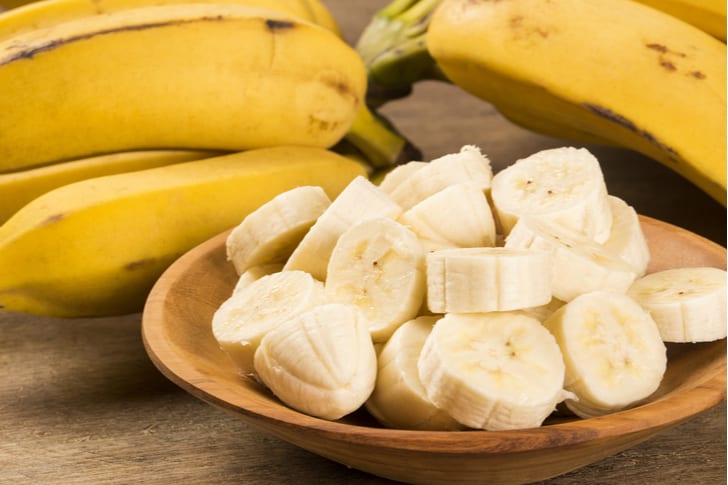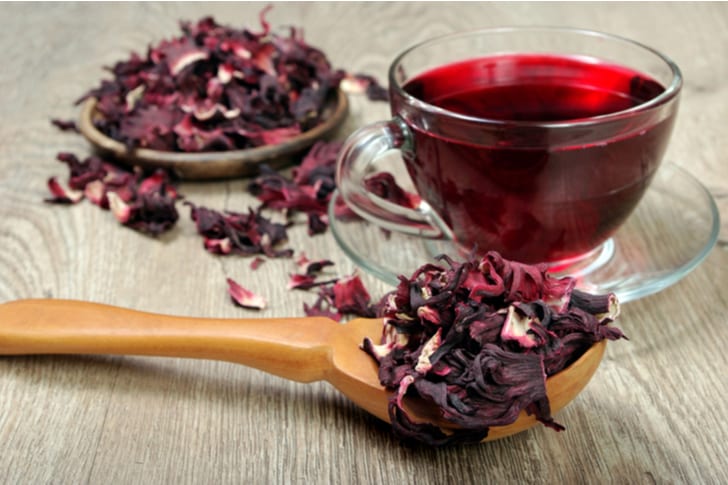One in 5 U.S. adults with high blood pressure is not aware that they have it. With around 1,000 casualties a day in the U.S., high blood pressure is a major contributing cause of death. Taking medications for high blood pressure can have some pretty serious effects, so here are 7 natural ways to lower blood pressure.
Potassium-Rich Foods
Professor of preventive medicine Dr. Linda Van Horn of Northwestern University Feinberg School of Medicine says that packing on potassium-rich fruits and veggies is essential in lowering blood pressure. Potassium helps the kidneys excrete more sodium via urination. That secretion will then help lower blood pressure.
Great sources of potassium are bananas and potatoes, which have more potassium content compared to the yellow fruits. Other potassium-rich foods include sweet potatoes, orange juice, tomatoes, kidney beans, cantaloupe, honeydew, and peas. Aim to get 2,000 to 4,000 mg of potassium per day, Van Horn says.

Power Walking
It has been revealed in an analysis of around 400 studies that regular exercise has the same effect in lowering blood pressure as the usual blood-pressure medications. Exercise can aid the heart to use oxygen more efficiently so it won’t have to work too much to pump blood.
Williams recommends putting in at least 30 minutes of cardio on most days of the week. You can make it more challenging over time by increasing the speed and distance or including weights.
Deep Breaths
When we feel tension, our bodies release certain hormones such as adrenaline and cortisol into the blood. These increase the heart rate and constrict the blood vessels, causing the blood pressure to spike.
Practicing slow breathing and meditative activities like yoga and tai chi can keep these stress hormones and your blood pressure in check, according to Williams. Meditation can also help reduce inflammation and relieve pain among other health benefits. Ease it into your routine by doing it for 5 minutes in the morning and another 5 minutes at night, then build up from there.
Decaf Coffee or Tea
A lot of people depend on coffee so much that they swear that they won’t be able to function without sipping on a cup of joe. However, the caffeine in coffee can tighten blood vessels, causing blood pressure to rise.
It can also increase the effects of stress. Under stress, your heart pumps a lot of blood and boosts blood pressure. Try out the decaf coffee instead. Or better yet, opt for tea, especially hibiscus. Tufts University researches have found that adults with mild high blood pressure who sipped at least 3 cups of hibiscus tea daily experienced lowered systolic BP.

Less Sodium Intake
To maintain healthy blood pressure, try to limit your sodium intake below 1,500 mg, half of what most Americans consume a day. Watch your sodium intake by checking the sodium count on packaged or processed foods. Food items like sandwiches, bread and rolls, pizza, poultry, cold cuts, and soup tend to have the most salt content.
Working Less
According to a study involving more than 24,000 California residents, working more than 41 hours a week at the office increases the risk of hypertension by 17 percent.
Working out and eating healthy may be quite a challenge if you’re working overtime. If you can’t clock out early, leave the workplace at a decent hour as often as possible. This way, you’ll still have time for a gym session or to cook a healthy meal

Dark Chocolate
Although eating dark chocolate shouldn’t be your primary way of lowering your blood pressure, it can be a great option when you’re craving a treat.
It’s better than a slice of cake. Flavanols in dark chocolate relax blood vessels and boost blood flow; therefore, lowering blood pressure. There is no ideal percentage of cocoa. But the higher it is, the more benefits you get from it.
